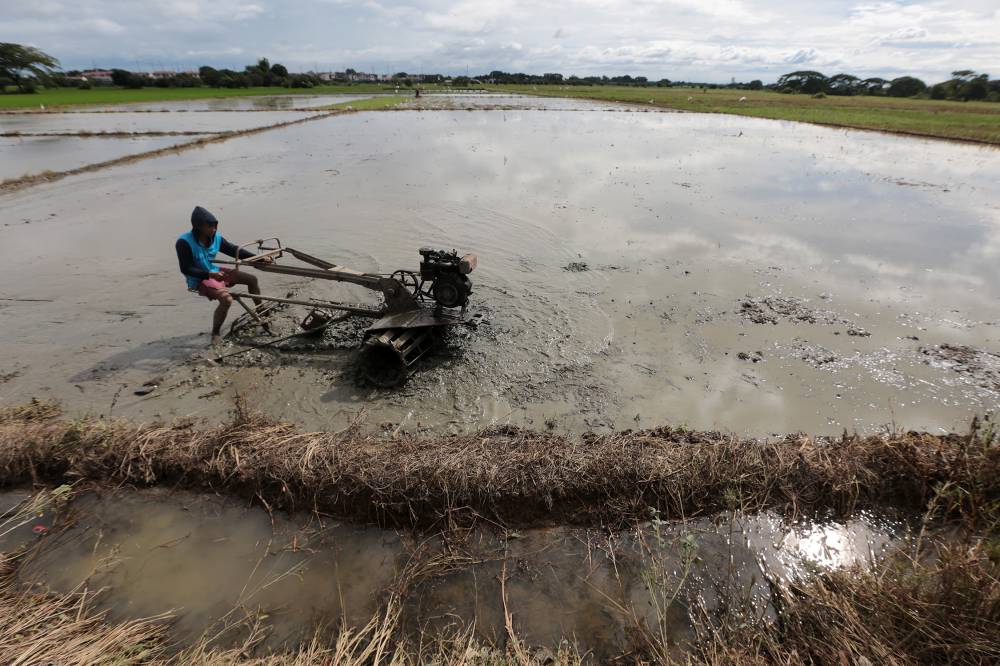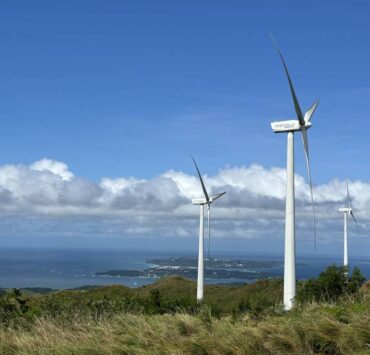Local agriculture sector upbeat even in the aftermath of ‘perfect storm’

The year 2024 was a difficult time for the Philippine agriculture sector as it grappled with a wide range of challenges – from adverse weather conditions to the continued prevalence of animal diseases.
Agriculture Secretary Francisco Tiu Laurel Jr. says the past year “has not been too good” for the farm sector following a “perfect storm” of difficulties that tested not only the resilience of the agency but also the determination of farmers and fishers to continue producing food for the populace.
“I would say this is a depressing year for [the] agriculture sector in a sense,” Tiu Laurel says in an interview.
“As I said before, this is the year that everything that could possibly happen has happened. From El Niño to La Niña to the series of typhoons and volcanic eruptions plus the ASF [African swine fever] and now there’s a brewing bird flu,” he tells reporters.
Tiu Laurel, who has been leading the agency for over a year, contended with several challenges that undermined the sector’s growth. From the confluence of El Niño-induced drought and successive storms, the farm sector incurred more than P10 billion in losses as of writing, with rice among the most affected subsectors in 2024. The ASF continues to impact the swine sector five years after the initial outbreak in 2019, resulting in lower income and hog output.

The poultry industry, which has yet to fully recover from bird flu, is hobbling over low demand and an oversupply of chicken and eggs. The eruption of Mt. Kanlaon in December threatened the sugarcane industry even as the El Niño phenomenon delayed harvests. And now there’s the looming La Niña.
This key sector produced P397.43 billion worth of goods in the July to September period, a contraction of 3.7 percent from P412.7 billion in the same quarter a year earlier, according to the Philippine Statistics Authority’s (PSA) report. Except for poultry, all commodity groups registered decreases.
This is the second consecutive decline in the sector’s quarterly output in 2024 after clocking in a slight increase of 0.2 percent in the first-quarter reading of the statistics agency.
Both the DA and industry stakeholders attributed the agriculture sector’s sluggish performance to factors such as the combined effects of El Niño and “La Niña-like” conditions, extreme weather and the lingering effects of ASF.
The Philippine Chamber of Agriculture and Food Inc. (Pcafi), a group that represents different segments of the country’s agriculture sector, says they expect domestic farm production to have declined by 0.8 to 0.9 percent in 2024 following an expansion the year before.
“The sector might end on a negative note,” Pcafi president Danilo Fausto says in an informal gathering with the media. “It’s bleak for the agricultural sector.”
Even then — following a year marked by weather disturbances, animal diseases and elevated food prices — the agriculture department and industry stakeholders are upbeat about the agriculture sector’s prospects in 2025. This, despite anticipating some of the challenges to remain this year.
“All in all, there’s good reason to be optimistic in increased production for the agriculture sector in 2025 either equal or better than 2023 level, since we will expect lesser effects on crops from climate change due to absence of El Niño and La Niña that damaged our agriculture sector in 2024,” Fausto tells the Inquirer in a Viber message.
Amid the expected decrease in its budget allocation in 2025, Tiu Laurel says the DA is more than ready to face adversities that could stand in the way of unlocking the industry’s full potential.
“We look forward to 2025. La Niña and El Niño will be over by then, but of course the regular storms will be coming back to us,” the agriculture chief says.
“We’re hoping we will break the record palay output of 20.06 million metric tons this year,” he says, adding the country is assured of six million MT of rice buffer stock for the next few months.
The DA recognizes that the biggest challenge in the farm sector will be bringing down the retail price of rice in 2025 even if it has managed to stabilize prices of other major agricultural products.
Both the agency and industry groups are anticipating the commercial rollout of ASF vaccines to spur the recovery of the swine industry. As of writing, the DA is implementing the government-controlled vaccination drive in certain areas using the AVAC live vaccines from Vietnam.
“We hope the FDA will approve the vaccine already,” Rosendo So, chair of agricultural group Samahang Industriya ng Agrikultura, says in a press briefing. “If the result of the vaccine trials are good, hog raisers will start cultivating pigs again.”
The DA says it has implemented several policy changes primarily focused on the importation of rice and other commodities, as part of broader efforts to curb smuggling.
Additionally, the agency expects the enactment of Republic Act No. 12078 that amends the Rice Tariffication Law to increase funds aimed at improving farmers’ income and competitiveness.
These are complemented with official loans and grants provided to the sector to carry out projects in the pipeline such as solar irrigation and cold storage facilities.





















